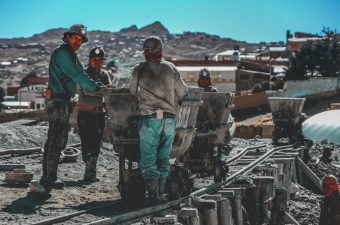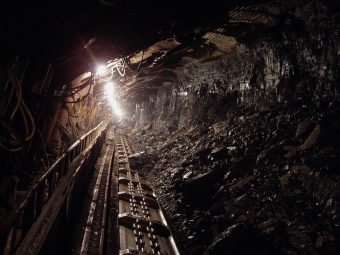
Lithium has been a major topic not only in our country but also in other countries around the world for some time. This is not a matter of days or months but years of unwavering activism. Several European countries have significant lithium reserves; one of these countries is Spain, which ranks among the top in terms of reserves.
In the Extremadura region of Spain, protests are taking place against exploitation. The regional government supports building a lithium mine near Cáceres, a city known for its beauty. The planned mine is located near a populated area and is expected to produce over 16,000 tons of battery-grade lithium hydroxide annually over 30 years. According to specific data, this mine could produce over half a million tons of this raw material over three decades. Despite the decisions of higher authorities, the local population opposes such a project. Environmental groups are particularly concerned about potential water and air pollution and the destruction of local flora and fauna, especially since this area is home to many protected plant and animal species. In 2020, the mayor of Cáceres rejected the possibility of opening the mine, but what will happen with one of Europe’s largest deposits remains a question.
Efforts have also been made to resist lithium mining in Latin America. Bolivia, Chile, and Argentina are among the largest lithium deposits in the world. In January 2023, the Indigenous People’s Council of Atacama (CPA) organized roadblocks to express dissatisfaction with the lack of consultation regarding an agreement between the state company and a mining company, and the lack of agreement is also a problem in other parts of the world. Although the blockades were lifted after reaching an agreement, tensions remain high. During 2024, protests against lithium mining continued throughout Latin America, particularly within this Lithium Triangle. In Chile, in addition to such protests, there were also demonstrations in ports this spring that disrupted the export of lithium and other raw materials, demanding better working conditions and greater safety.
More:
- HOW HYBRID PLANES COULD MAKE AVIATION MORE SUSTAINABLE
- GREENPEACE STUDIES VULNERABLE MARINE MAMMALS IN TARGETED DEEP SEA MINING AREA
- THE ROLE OF DEVELOPMENT FINANCE INSTITUTIONS IN ENERGY TRANSITIONS
Lithium is also a current issue on the other side of the world. The Australian government has blocked the opening of a uranium mine at a site within a national park. This decision followed a long-standing dispute over exploiting one of the world’s largest high-quality uranium deposits. Energy Resources Australia (ERA), majority-owned by Rio Tinto, planned to resume mining but faced strong opposition from the local Mirrar community, and the government ended the long- standing issue with its decision. After massive protests, the original mine development plan was halted about 30 years ago, and the recent government decision confirmed the same. However, in Australia, there was an incident in 2020 when Rio Tinto destroyed 46,000-year-old Aboriginal sacred sites during mining, which is not the first time an indigenous community has protested against the impact of mining on their land.

There are significant opportunities for lithium exploitation in the United States, as the country has rich, untapped reserves, with only one active commercial mine currently in Nevada. The U.S. plans to increase domestic production to reduce dependence on foreign sources. Earlier this year, we reported that the U.S. Department of Energy confirmed that the Salton Sea is a new major deposit. The lake in California covers about 820 square kilometers, and the Lawrence Berkeley.
National Laboratory in the U.S. predicts that this region could yield 3.4 million tons of lithium, enough for more than 375 million batteries needed for electric vehicles.
The U.S. is one of many countries increasing its efforts in lithium mining. Despite the recent decision, Australia is one of the world’s largest lithium producers and dominates the global market.
In Serbia, protests are again active and directed against the Rio Tinto project. The main reasons are ecological and health-related. Local residents and communities often feel excluded from the decision-making process about mining on their land, just like in other parts of the world. Protests have spread across the country, including in Valjevo, Loznica, Grocka, Negotin, Šabac, Aranđelovac, Kraljevo, Ljig, and Barajevo, bringing together people for the same reason—a significant social, community, and environmental issue.
Energy Portal
